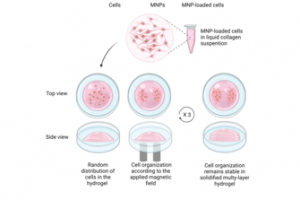How Living Conditions Impact Brain Structure and Diet
Living in disadvantaged neighborhoods not only influences food choices and weight gain but can also alter the brain’s microstructure.
You are what you eat, according to the adage. But it’s not just the body that’s impacted. According to research from UCLA David Geffen School of Medicine, living in a disadvantaged neighborhood can affect food choices, weight gain and even the microstructure of the brain.
The study, appearing in Communications Medicine, finds poor quality of available foods, increased intake of calories from foods high in trans-fatty acids, and environments that do not foster physical activity, all prevalent in disadvantaged neighborhoods, disrupt the flexibility of information processing in the brain that is involved in reward, emotion regulation, and cognition.
Previous research showed that living in a disadvantaged neighborhood can impact brain health, but in this study, researchers did a detailed analysis of the brain’s cortex to determine how living in a disadvantaged area can change specific areas of the brain that play different roles.
Participants underwent two types of MRI scans that, when analyzed in combination, provide insights into brain structure, signaling and function.
These findings emphasize the urgent need to improve dietary quality in deprived areas for better brain health.

.jpg)


Related Posts